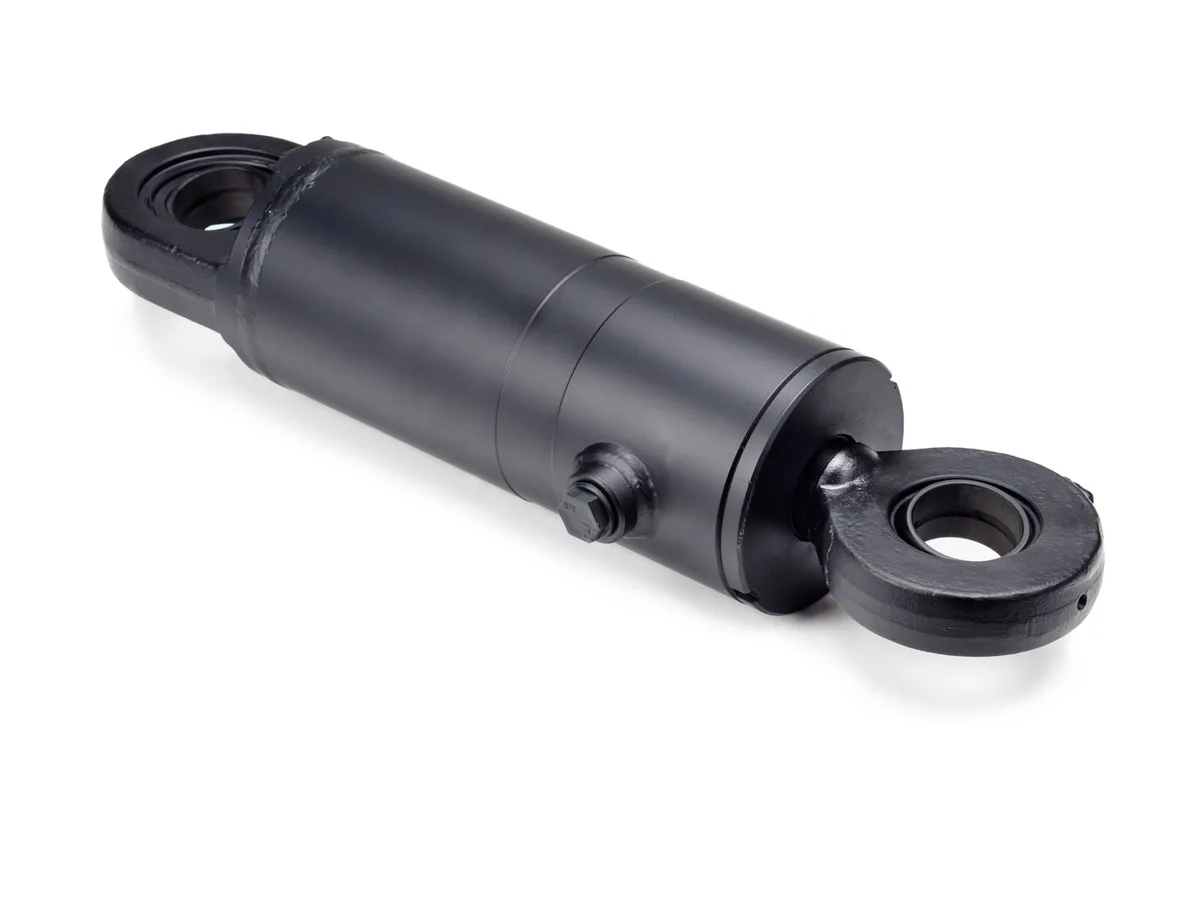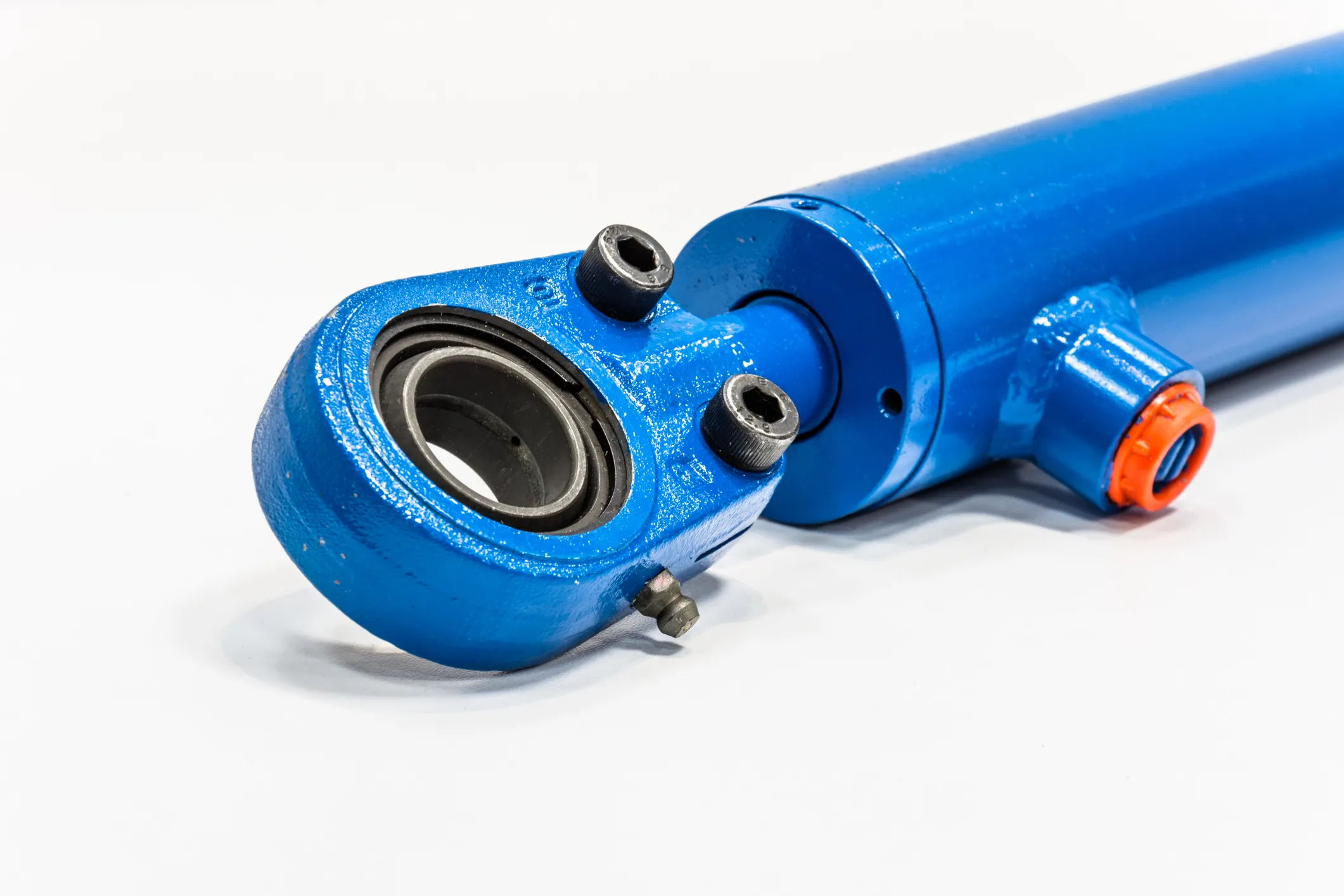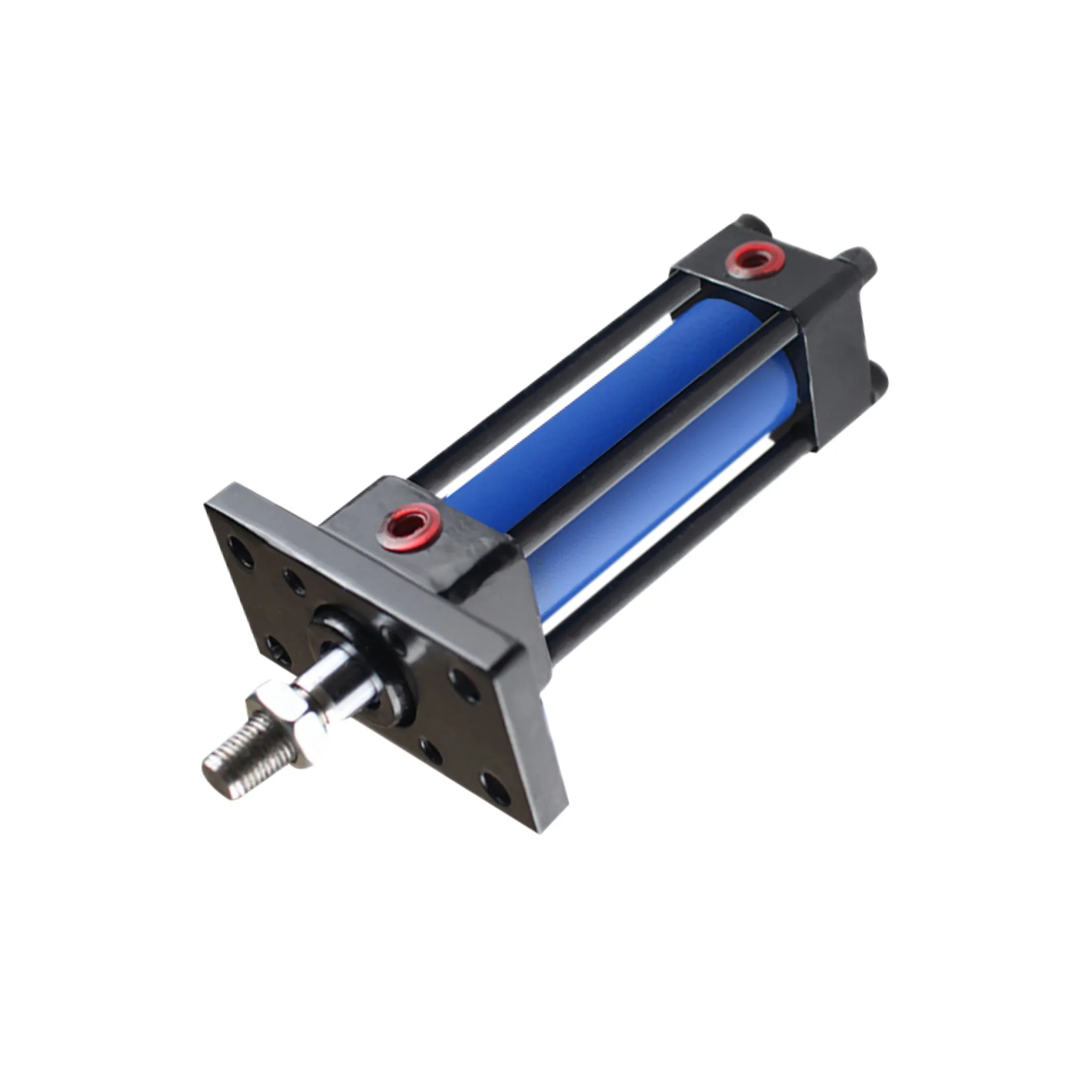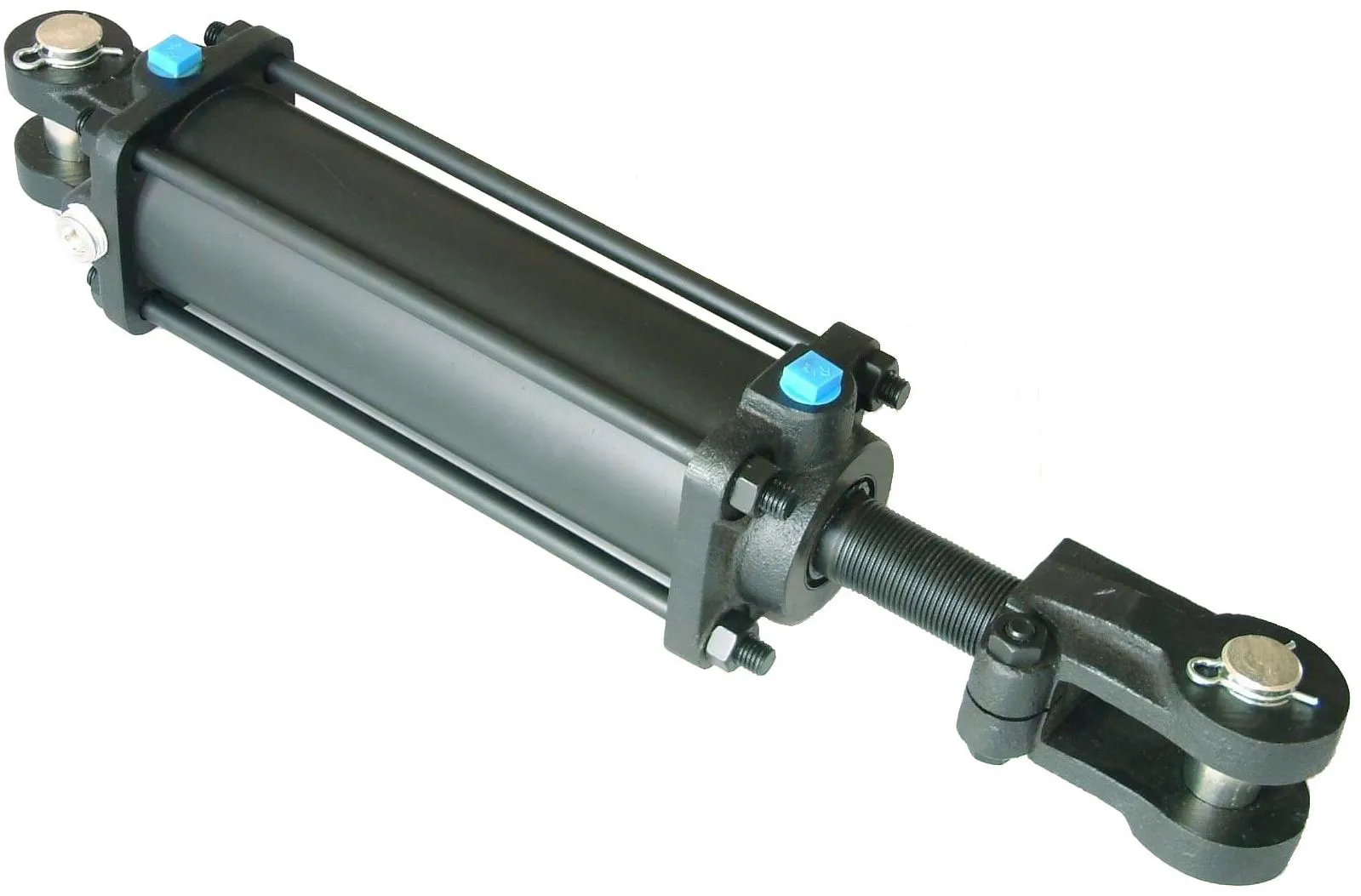
Exploring the Unique Features of Locking Single-Acting Hydraulic Cylinders
Understanding the Locking Mechanism
The main feature of the locking single-acting hydraulic cylinder is its locking mechanism, designed to keep the piston in a safe position even when hydraulic pressure is lost. This prevents accidental retracting and ensures safety.
Safety Mechanism
- The locking mechanism can be either mechanical or hydraulic, custom-designed for specific applications.
- Options include spring-loaded devices, pin locks, and other forms of mechanical locks.
Compact Structure
- Locking single-acting hydraulic cylinders are compactly designed for space optimization.
- They are ideal for use in environments with limited space and various equipment.
Precision Manufacturing
- Components are manufactured with high-precision machining to ensure optimal fit and sealing performance.
- Strict quality control measures are in place during production to guarantee component reliability.
Working Principle of Locking Single-Acting Hydraulic Cylinders
When hydraulic oil is pumped into the chamber, the cylinder extends and pushes the piston outward. The locking mechanism holds the piston in place to prevent retraction, ensuring safety even when the hydraulic system loses pressure.
Types and Configurations

There are three main types of locking single-acting hydraulic cylinders, each with unique configurations tailored for specific applications.

Advantages of Locking Single-Acting Hydraulic Cylinders
Locking mechanisms offer enhanced security, reliability, and simplicity in operation and maintenance, making them a preferred choice for various applications.
Application Scenarios
Locking single-acting hydraulic cylinders are commonly used in construction equipment, manufacturing, transportation, and aviation for enhanced safety and stability.
Design Considerations and Selection Criteria
Factors such as bearing capacity, sealing, durability, safety, and maintainability play crucial roles in the design and selection of locking single-acting hydraulic cylinders.
Sealing and Lubrication
Proper sealing and lubrication using high-quality materials and regular maintenance are essential for optimal performance and longevity of locking single-acting hydraulic cylinders.
Preventive Maintenance
Regular inspection, lubrication, seal replacement, and calibration are key maintenance tasks to ensure the efficient operation of locking single-acting hydraulic cylinders.
Installation Guide

Follow the correct installation procedure to ensure the proper functioning and safety of locking single-acting hydraulic cylinders.
Maintenance Tasks
Proper alignment, lubrication, and inspection are crucial maintenance tasks to prolong the service life of locking single-acting hydraulic cylinders.
Safety Considerations
Adhering to safety measures and considering environmental factors are vital when using locking single-acting hydraulic cylinders to prevent accidents and ensure operational efficiency.
Unit Power and Optimization
Understanding the unit power of locking single-acting hydraulic cylinders and optimizing it can improve efficiency, energy savings, and reliability in equipment operation.
Common Questions
Addressing common questions about locking single-acting hydraulic cylinders helps users understand their functionality, advantages, and applications.
Long-Tail Keywords
Explaining long-tail keywords associated with locking single-acting hydraulic cylinders enhances search engine visibility and user comprehension.
Our Company
We are a leading hydraulic cylinder replacement manufacturer offering a diverse product line, international certifications, customized services, and reliable after-sales support.
Author: lyl
